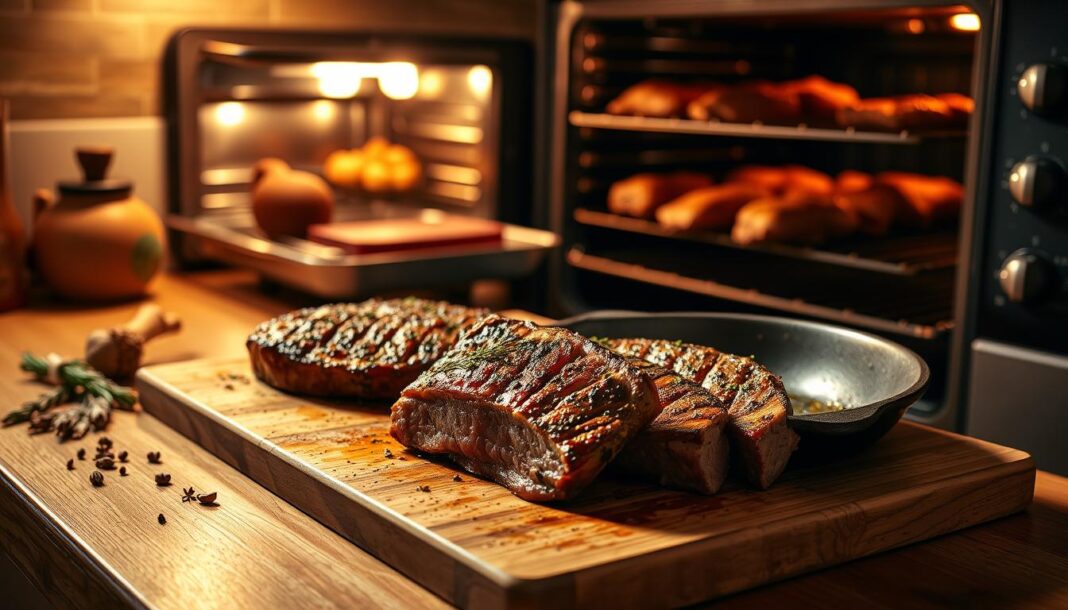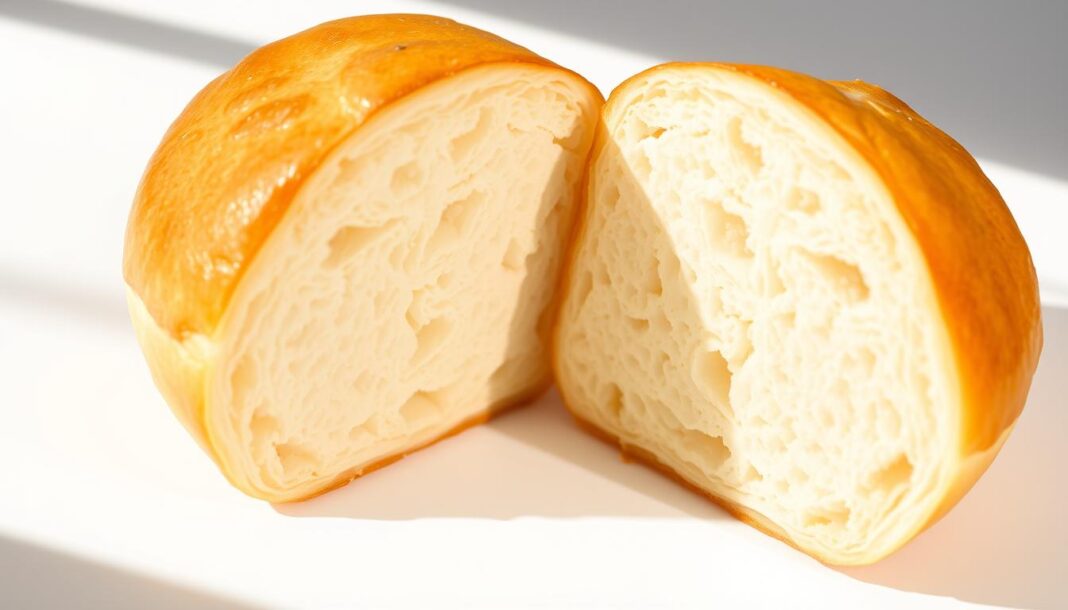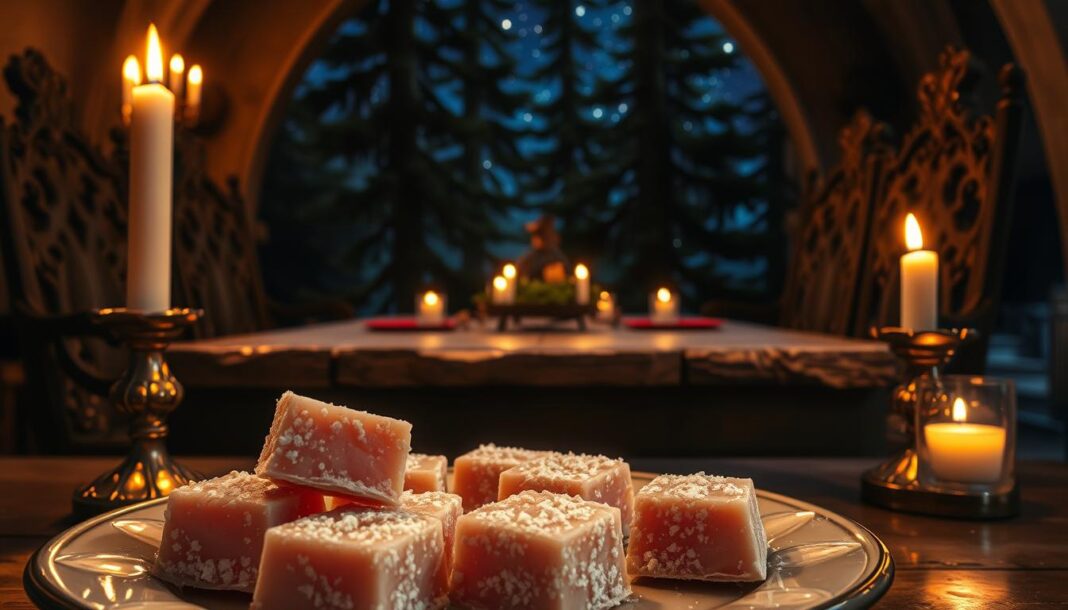Venison, the meat obtained from deer, offers a rich and flavorful alternative to traditional meats. With its lean composition, venison requires specific cooking techniques to achieve tender and delicious results.
At Historical Foods, we understand that many home cooks find venison intimidating. However, with our comprehensive guide, you’ll discover that cooking venison in the oven is straightforward. We’ll walk you through the process, from selecting the right cut of venison to serving a perfectly cooked dish.
Whether you’re a seasoned chef or a culinary novice, our step-by-step approach will empower you to achieve restaurant-quality results in your own kitchen. By the end of this guide, you’ll be confident in your ability to prepare delicious venison using your oven.
Understanding Venison: What Makes It Unique
Venison, the meat from deer, offers a unique culinary experience that differs significantly from more common proteins. It’s exceptionally lean, containing less fat than beef, which contributes to its health benefits and specific cooking challenges.
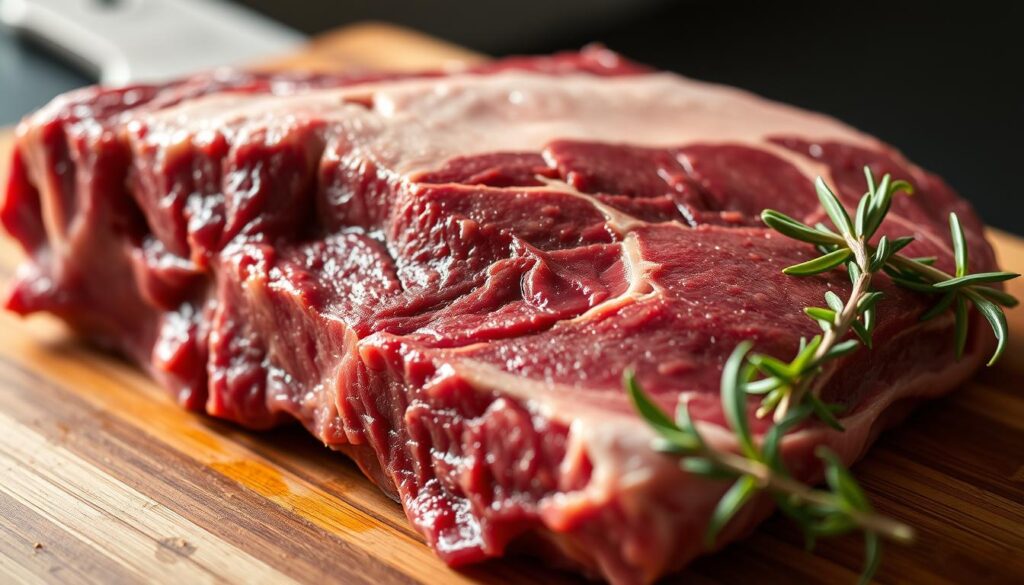
What is Venison and Why Choose It
Venison is the meat from deer, and its uniqueness lies in its texture, flavor, and cooking requirements. We choose venison for its distinct flavor profile, which can range from mild to robust depending on the deer’s diet, age, and processing methods. Additionally, venison is a sustainable and environmentally friendly choice, particularly when sourced from properly managed wild populations in regions like the UK, where deer are often culled for environmental reasons.
Nutritional Benefits of Venison
The nutritional profile of venison is impressive, offering high-quality protein, essential B vitamins, iron, and zinc. It’s lower in calories and cholesterol compared to many other meats, making it a healthier alternative. With its lean nature, venison requires specific cooking techniques to prevent dryness and maximize tenderness, making it a great choice for those looking for a leaner meat option.
Selecting the Right Cut of Venison for Oven Cooking
Understanding the different cuts of venison is essential for achieving a perfectly cooked roast. The various cuts offer unique characteristics that make them more or less suitable for oven roasting.
Best Venison Cuts for Roasting
For roasting, we recommend choosing cuts like the whole fillet, saddle (bone in), loin (boneless saddle), haunch (back leg, either on the bone or boned and rolled), or shoulder (boned and rolled). These cuts are ideal because they offer tenderness and exceptional flavor when properly prepared. The loin and haunch are particularly prized for their tenderness.
How to Identify Quality Venison
When purchasing venison, look for quality indicators such as a deep red color, minimal silver skin, and proper aging marks. The quality of the venison significantly impacts the final result of your roast. Wild venison tends to have a more intense flavor compared to farm-raised venison, which can affect your cooking approach.
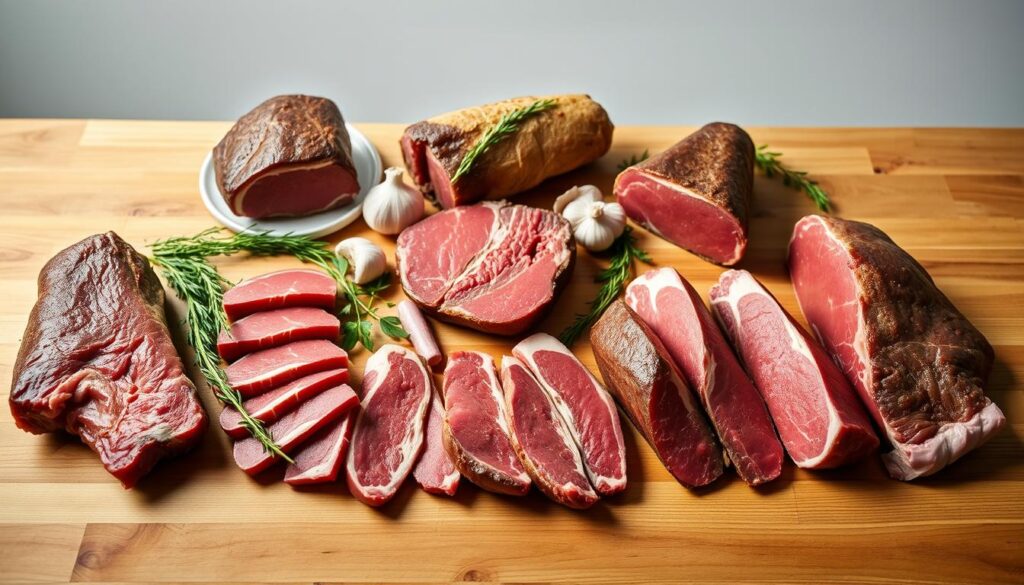
Essential Preparation Steps for Venison
Preparing venison for cooking involves a few key steps that can make all the difference in the final result. Proper preparation ensures that the venison is not only flavorful but also tender and safe to eat.
Thawing Venison Properly
Thawing venison properly is the first critical step. It’s essential to thaw the meat slowly in the refrigerator to prevent bacterial growth and maintain its integrity. This slow thawing process helps in preserving the quality of the meat.
Trimming and Preparing the Meat
Trimming venison is crucial for removing silver skin and excess connective tissue that can cause toughness. By carefully trimming the meat, you can ensure it remains tender during cooking.
Effective Marinating Techniques
Marinating is an effective way to enhance the flavor and tenderness of venison. Using acid-based marinades can help tenderize the meat while adding complementary flavors. The ideal marinating time varies from 4 to 24 hours, depending on the cut and thickness of the steaks. Alternatively, dry brining with salt and pepper can also result in a more flavorful final product.
| Preparation Method | Description | Benefits |
|---|---|---|
| Slow Thawing | Thaw venison in the refrigerator | Prevents bacterial growth, maintains meat integrity |
| Trimming | Remove silver skin and excess tissue | Reduces toughness, enhances tenderness |
| Marinating | Use acid-based marinades | Tenderizes meat, adds flavor |
| Dry Brining | Use salt and pepper | Enhances flavor, results in juicy final product |
How to Cook Venison in the Oven: Basic Method
To achieve a perfectly cooked venison roast, understanding the basic oven cooking method is essential. We will guide you through the steps to cook venison to perfection.
Seasoning Your Venison
Proper seasoning is crucial to bring out the natural flavor of venison. We recommend using a mix of garlic, grill seasoning, and chili powder to season venison effectively. This blend enhances the flavor without overpowering the meat’s natural taste.
Searing Before Oven Cooking
Searing the venison in a hot pan before oven cooking creates a flavorful crust through the Maillard reaction. This step is crucial for developing the roast’s flavor profile. Use a hot pan with a small amount of oil to sear the venison quickly on all sides.
Temperature and Timing Guidelines
Preheat your oven to 350 degrees F (175 degrees C). Place the seasoned venison in a casserole dish, pour in beef broth, and cover with a lid. Bake until the venison is tender, about 1 hour. Use an instant-read thermometer to check for an internal temperature of at least 160 degrees F (70 degrees C).
- For medium-rare to medium doneness, aim for an internal temperature of 130-145°F.
- Adjust cooking times based on whether you’re using a convection or conventional oven.
- Resting the venison after cooking allows juices to redistribute, making the meat more tender and flavorful.
Step-by-Step Venison Roast Recipe
Now that we’ve covered the basics of venison and its preparation, let’s dive into a step-by-step venison roast recipe that will result in a tender and flavorful dish. This recipe is designed to bring out the best in your venison, using a combination of simple ingredients and precise cooking techniques.
Ingredients You’ll Need
To prepare this delicious venison roast, you’ll need the following ingredients: 1 pound boneless venison roast, thinly sliced against the grain, 1 tablespoon minced garlic, 1 tablespoon grill seasoning, 1 teaspoon chili powder, 2 cups beef broth, ¼ cup butter, and ¼ cup flour. You may also want to have some salt and pepper on hand to taste.
Preparation Instructions
Begin by preheating your oven to the appropriate temperature. Next, season the venison roast with the grill seasoning, chili powder, salt, and pepper. In a hot pan with a small amount of oil, sear the venison roast on all sides until it’s nicely browned. This step enhances the flavor and texture of the venison.
Cooking Process
Place the seared venison roast in the oven and roast for the recommended time, typically around 20-25 minutes per pound, or until it reaches your desired level of doneness. While the venison is cooking, prepare a rich sauce by melting butter in a saucepan over medium heat, whisking in flour to create a roux, and then gradually adding the beef broth. Simmer the sauce for 15 minutes, whisking frequently, until it thickens. Serve the venison roast with the sauce spooned over the top.
Troubleshooting Common Venison Cooking Issues
Mastering venison cooking involves addressing common pitfalls such as dryness, gamey flavors, and improper cooking. To achieve a delicious and tender dish, it’s essential to understand the causes of these issues and how to overcome them.
Preventing Dry, Tough Venison
Venison’s low fat content makes it prone to dryness. To prevent this, we recommend monitoring the temperature closely and using proper cooking techniques to retain moisture. Cooking venison to the right temperature and using marinades can help keep the meat juicy.
Addressing Gamey Flavors
Gamey flavors can be minimized through proper field dressing, aging, and marinating. We also suggest using complementary ingredients to balance these stronger notes. By taking these steps, you can reduce the gaminess and enhance the overall flavor of the venison steaks.
Fixing Undercooked or Overcooked Venison
If venison is overcooked, thinly slicing it and serving with a rich sauce can help. For undercooked venison, returning it to a lower heat oven or using residual heat can complete the cooking process without sacrificing tenderness. Adjusting cooking time and heat is key to achieving perfectly cooked venison.
Conclusion: Enjoying Your Perfectly Cooked Venison
As we’ve explored, cooking venison in the oven is a straightforward process that yields impressive results. The key to a delicious venison roast lies in proper cut selection, preparation, and temperature control. By following these principles, you can achieve a tender and flavorful dish.
To further enhance your venison cooking experience, consider experimenting with different seasoning profiles and cooking methods, such as using a slow cooker. Serving venison with complementary sauces and side dishes can also elevate the meal. For those looking to explore beyond roasting, venison steaks and ground venison recipes offer exciting alternatives.
By mastering venison preparation, you not only expand your culinary repertoire but also enjoy a nutritious and sustainable protein source. Let your perfectly cooked venison rest for a few minutes before serving, allowing the juices to redistribute, making every bite truly enjoyable.
